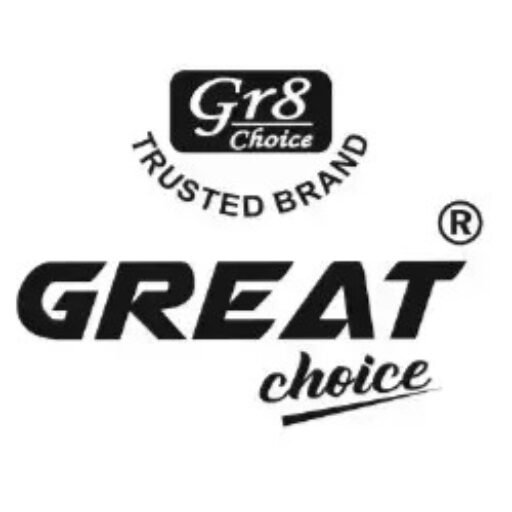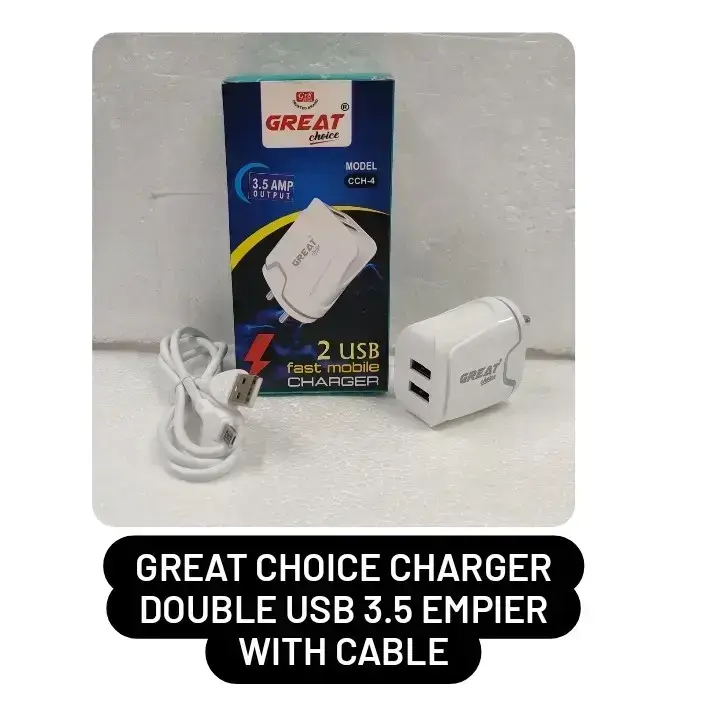A phone charger is an essential accessory for any mobile device, responsible for replenishing the phone’s battery power. A website dedicated to phone chargers can provide extensive information on various aspects, including:
### Types of Phone Chargers
1. Wired Chargers:
– USB-A to USB-C/Micro-USB: Common standard, with USB-A on the power source side and USB-C or Micro-USB on the device side.
– USB-C to USB-C: Increasingly common for modern smartphones, supporting faster data transfer and charging speeds.
2. Wireless Chargers:
– Inductive Charging: Uses electromagnetic fields to transfer energy between the charger and the phone. Commonly follows the Qi standard.
– Magnetic Chargers: Utilize magnets to align the phone and charger perfectly, ensuring efficient energy transfer.
### Charging Technologies
– Fast Charging:
– Technologies like Qualcomm Quick Charge, USB Power Delivery (USB-PD), and proprietary solutions (e.g., OnePlus Warp Charge, Samsung Adaptive Fast Charging) enable significantly faster charging times.
– Different devices support different fast charging standards, and compatibility is crucial.
– Wireless Charging:
– Offers convenience by eliminating the need for cables. However, it often charges devices more slowly than wired chargers.
– Requires compatible devices and charging pads.
### Charging Safety
– Overcharging Protection: Prevents the battery from receiving power once it’s fully charged, extending battery life.
– Overcurrent Protection: Guards against excessive current that can damage the device.
– Temperature Control: Ensures the charger and device do not overheat during charging, protecting both the battery and the charger.
### Charger Features
– Power Output: Measured in watts (W), indicating how much power the charger can deliver. Higher wattage chargers can charge devices faster.
– Portability: Compact chargers are easier to carry around and are ideal for travel.
– Multi-Port Chargers: Allow multiple devices to be charged simultaneously, useful for users with several gadgets.
### Common Issues and Solutions
– Slow Charging: Could be due to using an incompatible charger, a faulty cable, or a device setting. Solutions include using the original charger, checking cable integrity, and ensuring fast charging is enabled.
– Overheating: Often a result of using non-compatible chargers or charging in hot environments. Switching to a certified charger and avoiding hot spots can help.
– Non-Compatibility: Not all chargers work with all devices, especially when it comes to fast charging. It’s essential to check compatibility before purchase.
### Innovations in Charging Technology
– GaN (Gallium Nitride) Chargers: Offer higher efficiency and faster charging in a smaller form factor compared to traditional silicon-based chargers.
– Solar Chargers: Utilize solar panels to charge devices, ideal for outdoor activities and emergencies.
– Charging Over Distance: Emerging technologies aim to charge devices over a short distance without direct contact with the charging pad.
### Buying and Using Chargers
– OEM vs. Third-Party Chargers: Original Equipment Manufacturer (OEM) chargers are recommended for guaranteed compatibility and safety. Third-party options can be cheaper but may vary in quality.
– Charger Reviews and Comparisons: User and expert reviews can help in choosing the best charger based on performance, safety, and value for money.
– Charger Maintenance: Proper care, such as avoiding coiling cables too tightly and keeping ports clean, can extend the life of a charger.
A website focused on phone chargers should also provide user guides, comparison tools, and expert recommendations to help consumers make informed decisions. This information is invaluable for anyone looking to purchase a new charger or understand more about charging technologies.












Reviews
There are no reviews yet.